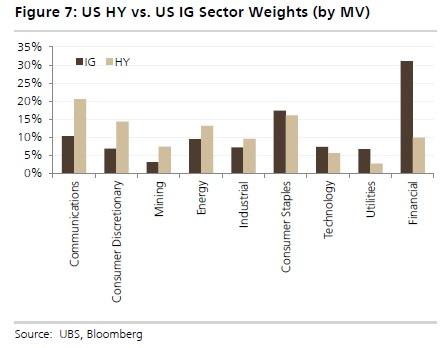
To get your writing just right, like Goldilocks and your audience or team prefers, check out these 10 fundamental tips for writing digestible yet insightful articles or internal wiki posts.

So how do you do that? 10 Ways to Tap into the Goldilocks Effect While You Write Tapping into the Goldilocks Effect pushes you to write simply enough for a five-year-old to understand but also profoundly enough for a CEO to shout its praises.

For example, Malcolm Gladwell writes at an eighth-grade level, yet his ideas are so stimulating that five of his six books have landed on The New York Times Best Seller list. In other words, we prefer writing that zips us across the page but also teaches us something novel and interesting. The Goldilocks Effect is our tendency to consume information that’s not too long, detailed, and complex, yet not too short, simple, and watered down. Read on to learn exactly what the Goldilocks Effect is and how you can tap into it to write articles and documents that your audience or team will devour faster than Goldilocks can gobble down Baby Bear’s porridge. This phenomenon is fittingly called the Goldilocks Effect. Along with our lack of resolve when fighting a food coma, we also both prefer things that are just right, especially when it comes to consuming information. Psychological Science, 28(2), 204-215.You may not realize it at first, but adults, surprisingly, share a few traits with Goldilocks, the protagonist from Goldilocks and the Three Bears. A large-scale test of the goldilocks hypothesis: quantifying the relations between digital-screen use and the mental well-being of adolescents.
GOLDILOCKS THEORY FULL
The full study “A Large Scale Test of the Goldilocks Hypothesis: Quantifying the Relations Between Digital Screens and the Mental Well-Being of Adolescents” can be dowloaded here.“ Reference: Like other correlation or regression studies, this study does not demonstrate causality, but it does suggest that the link between screen time and wellbeing is more complicated than a dose-dependent ‘more is worse’ relationship. Any detrimental impact of screen time may be small and limited to extensive screen time that displaces activities that promote wellbeing. The data suggests that moderate digital screen use may actually be contributing positively to wellbeing by enabling and empowering people to pursue their goals, be more active, feel connected with others and enjoy life. The authors conclude that their findings support the Goldilocks hypothesis and refute the displacement hypothesis. The authors call this curvilinear relationship between digital screen time and wellbeing the ‘digital Goldilocks hypothesis’, and suggest that it should replace a simplistic ‘displacement hypothesis’ – the idea that digital screen use is intrinsically harmful because it displaces (replaces) activities that would otherwise contribute positively to wellbeing (such as physical activity, in-person social interaction or even sleep). For smartphones, optimum wellbeing was associated with just under one hour’s use per day. no smartphone use has the same negative outcomes as 2hrs per day). But the study also found that extremely low (or no) daily screen time was also linked to lower levels of wellbeing (e.g. 2+ hours of smartphone use) particularly on weekdays was linked to lower levels of wellbeing. Przybylski (University of Oxford) and Netta Weinstein (Cardiff University) found that high levels of daily screen-time (e.g. The study, which involved 120,115 English 15-year olds and was conducted in 2016, looked at the link between digital screen time (smartphone, computer, consoles and TV) and wellbeing as measured by the 14 question Warwick-Edinburgh Mental Well-being Scale*.

Just as Goldilocks in the fairytale Goldilocks and the Three Bears finds that moderation (in porridge (not too hot, not too cold), and beds (not too hard, not too soft)) is “just right”, so too would it seem to be for screen time. A large scale study published in the journal Psychological Sciencehas found that the relationship between digital screen-time and teen wellbeing is… complicated.


 0 kommentar(er)
0 kommentar(er)
